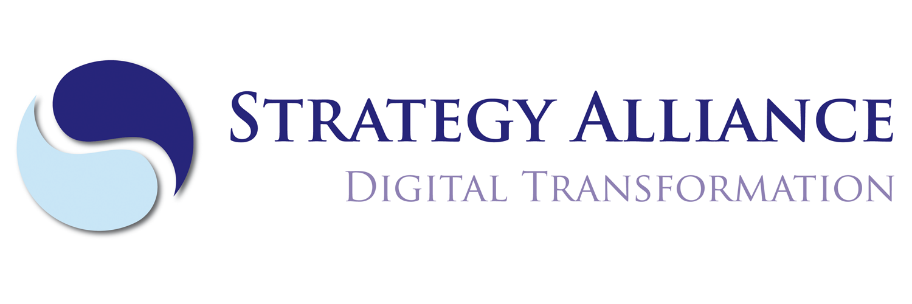Inclusiveness in ICT. Can we learn from others?
Author:
20 July 2022
Last spring we visited the Dutch Open Air Museum in Arnhem. A fun and educational museum, which really takes you back in time.
Besides farms, mills and village scenes, there is also a health center from the 50's. Nice to see how health care has improved in say 50 years. What struck me personally was that the doctor was a man. Very stereotypical with white coat and frowning expression, sitting behind a desk.
If you compare that to today, that is not true at all anymore. 80% of medical students are women and female general practitioners are the rule today. The older generation still has to get used to this. My mother-in-law still talks about her male doctor, even though he was succeeded by a woman 10 years ago.
In another industry this shift from 80% men to 80% women has also made its appearance: law. There too, 80% of the students are now women.
In our field, ICT, the male-female ratio is still the other way around: 80% male and 20% female. So my question is, how did they bring about this change in medicine and law?
Coincidentally, last week I ran into a lawyer. He had wondered about this too and had come to the conclusion that influx of women paralleled the possibility of part-time work in both industries.
He indicated that there would probably be more reasons, but the possibility of working part-time clearly had a causal relationship.
If I extend this to ICT, I certainly recognize the old-fashioned attitude of employers there as well. The norm at the larger ICT companies is that you work at least 80%, and that has only been the rule for about 5 years.
Do you recognize this image or do you have other ideas about more inclusiveness in ICT? If so, please contact us. We are curious to hear your opinion.

